3642050735
Manufacturing Simulation
with Plant Simulation
and SimTalk
Preface
Table of Contents
1 Introducing Factory Simulation
Uses
Definitions
Procedure of Simulation
Formulation of Problems
Test of the Simulation-Worthiness
Formulation of Targets
Data Collection
Modeling
Executing Simulation Runs
Result Analysis and Result Interpretation
Documentation
2 Plant Simulation
First Steps
Online Tutorial
Examples
Help
Website
Introductory Example
The Program
First Simulation Example
Modeling
Object-Related Modeling
Object-Oriented Modeling
3 Standard Classes in PLANT SIMULATION
Overview
Material Flow Objects
General Behavior of the Material Flow Objects
The Source
The Drain
The SingleProc
The ParallelProc
The AssemblyStation
The Buffer
The DismantleStation
The Store
The Line
AngularConverter and Turntable
The PickAndPlace Robot
The Track
The Sorter
The FlowControl
Resource Objects
Usage and Example
The Worker-WorkerPool-Workplace-FootPath Concept
The Broker
The WorkerPool
The Worker
The Footpath
The Workplace
Worker Transporting Parts
General Objects
The Frame
The Connector
The EventController
The Interface
4 Icons
Basics
The Icon Editor
Drawing Icons
Inserting Images
Insert Images from the Clipboard
Inserting Images from a File
Changing the Background Color of the Frame
Animation Structures and Reference Points
Basics
Set Reference Points
Animation Structures
Animating Frames
5 Programming with SimTalk
The Object Method
Introductory Example
The Method Editor
Line Numbers, Entering Text
Bookmarks
Code Completion
Information About Attributes and Methods
Templates
The Debugger
SimTalk
Names
Anonymous Identifiers
Paths
Comments
Variables and Data Types
Variables
Operators
Mathematical Operators
Logical (Relational) Operators
Assignments
Branching
Case Differentiation
Loops
Conditional Loops
For-Loop
Methods and Functions
Passing Arguments
Passing Several Arguments at the Same Time
Result of a Function
Predefined SimTalk Functions
Method Call
6 Simtalk and Material Flow Objects
Attributes of the Material Flow Objects
State of Material Flow Objects
Operational, Failed, Pause
Ready
Empty
Occupied
Full
Capacity
Suspending Methods
Observer
Content of the Objects
Sensors
User-Defined Attributes
7 Mobile Units
Standard Methods of Mobile Units
Create
MU-Related Attributes and Methods
Length, Width, and Booking Point
The Entity
The Container
Attributes of the Container
Loading Containers
Unloading Containers
The Transporter
Basic Behavior
Attributes of the Transporter
Routing
Methods and Attributes of the Transporter
8 Information Flow Objects
The List Editor
The CardFile
StackFile and QueueFile
The TableFile
Basic Behavior
Methods and Attributes of the TableFile
Calculating within Tables
The TimeSequence
Basic Behavior
Settings
The Trigger
Basic Behavior
The ShiftCalendar
The Generator
The AttributeExplorer
The EventController
9 Statistics
Basics
Statistics Collection Period
Activating Statistics Collection
Statistics – Methods and Attributes
User Interface Objects
Chart
The Sankey Diagram
The Bottleneck Analyzer
The Display
The Comment
The Report
10 User Interface Objects
General
Elements of the Dialog
The Dialog Object
Insert Elements
Callback Function
The Static Text Box
Images in Dialogs
Buttons
Radio Buttons
Checkbox
Drop-Down List Box and List Box
List View
Tab Control
Group Box
Menu and Menu Item
Accessing Dialogs
Protection of Methods and Objects
Validation User Input
Type Validation and Plausibility Check
Message Box
HTML-Help
11 Data Exchange
DDE with Plant Simulation
Read Plant Simulation Data in Microsoft Excel
Plant Simulation Remote Control
DDE Hotlinks
The File Interface
The ODBC Interface
Setup an ODBC Data Source
Read Data from a Database
Write Data in a Database
Delete Data in a Database Table
SQL Commands
12 Plant Simulation 3D
Sample Project
Views and Move in Plant Simulation 3D
Control the Simulation in Plant Simulation 3D
Index
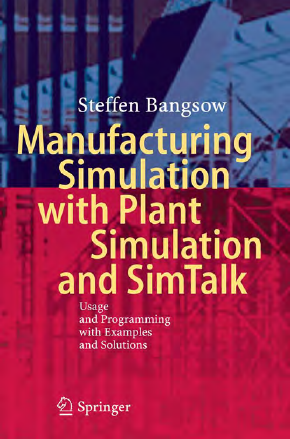
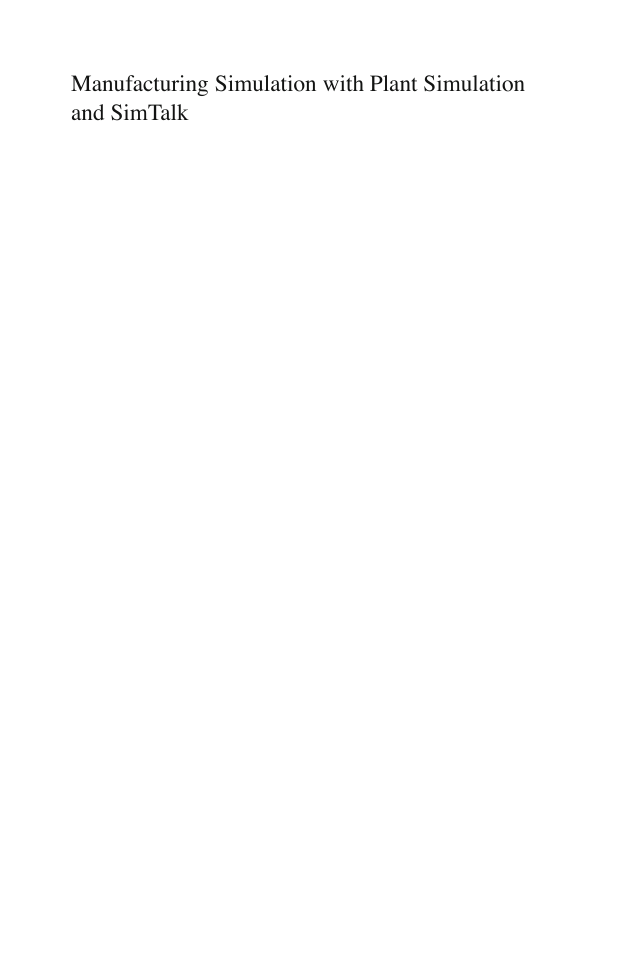
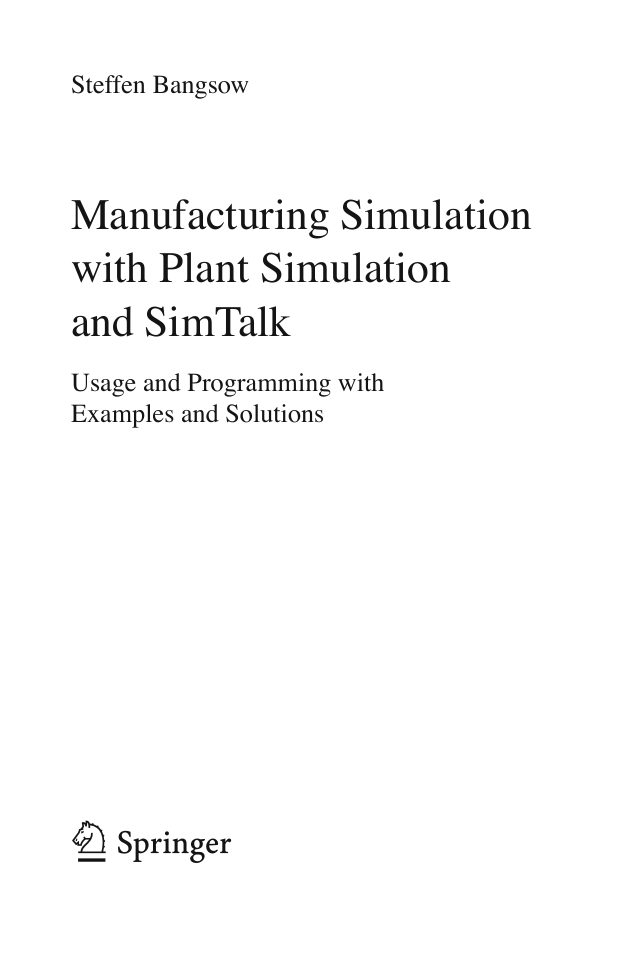
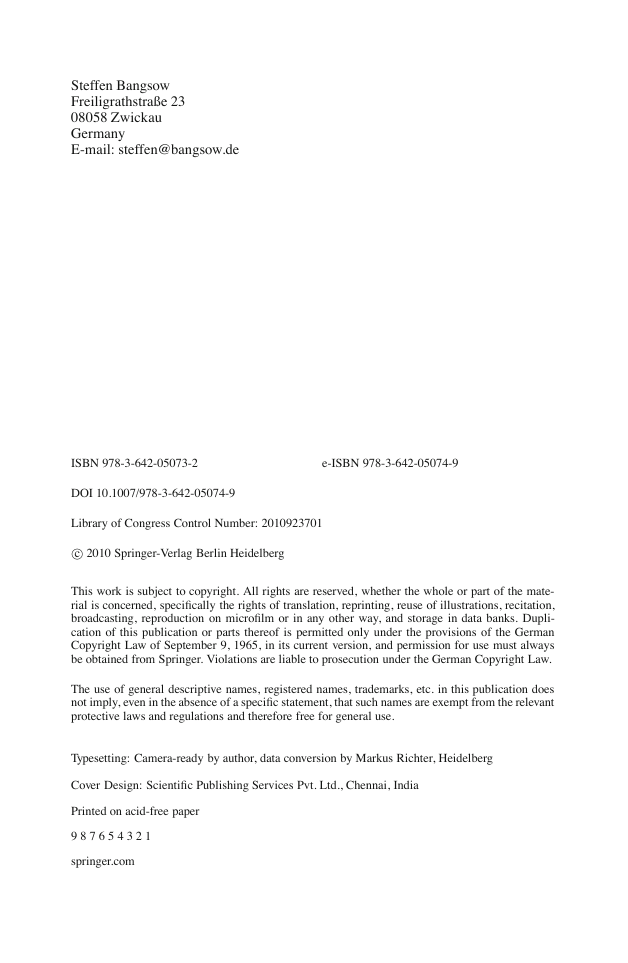
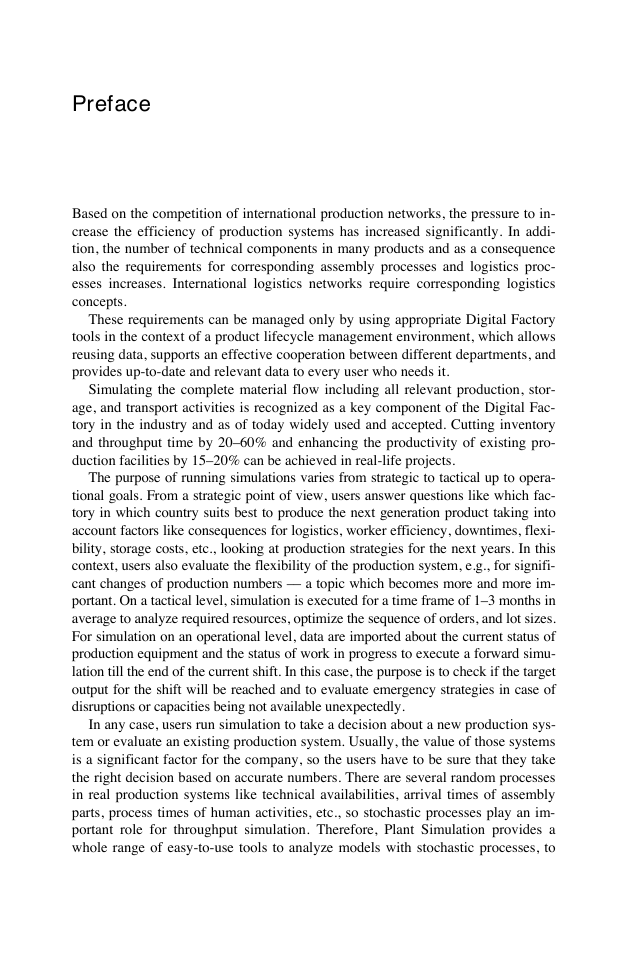

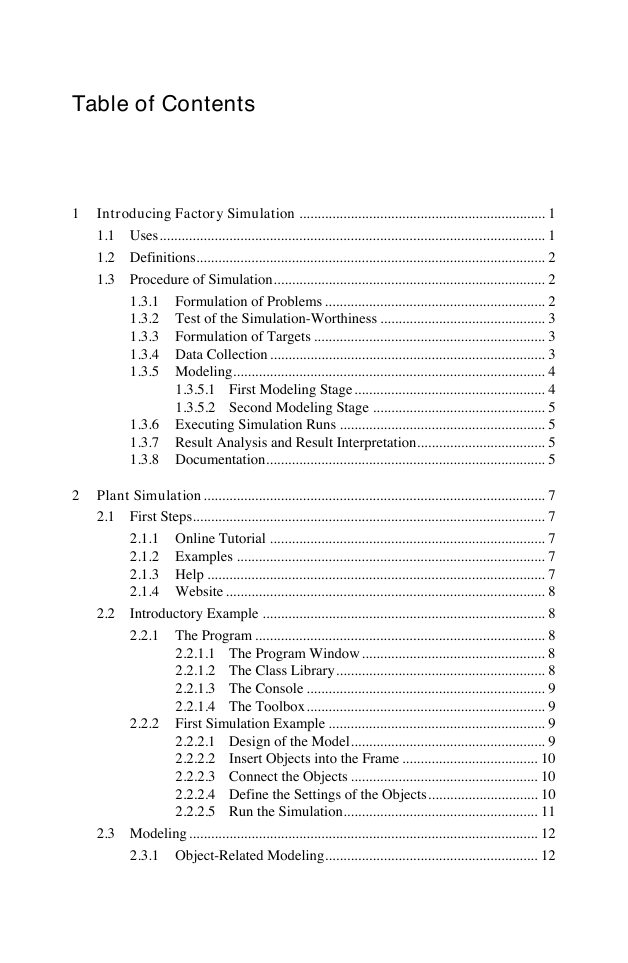
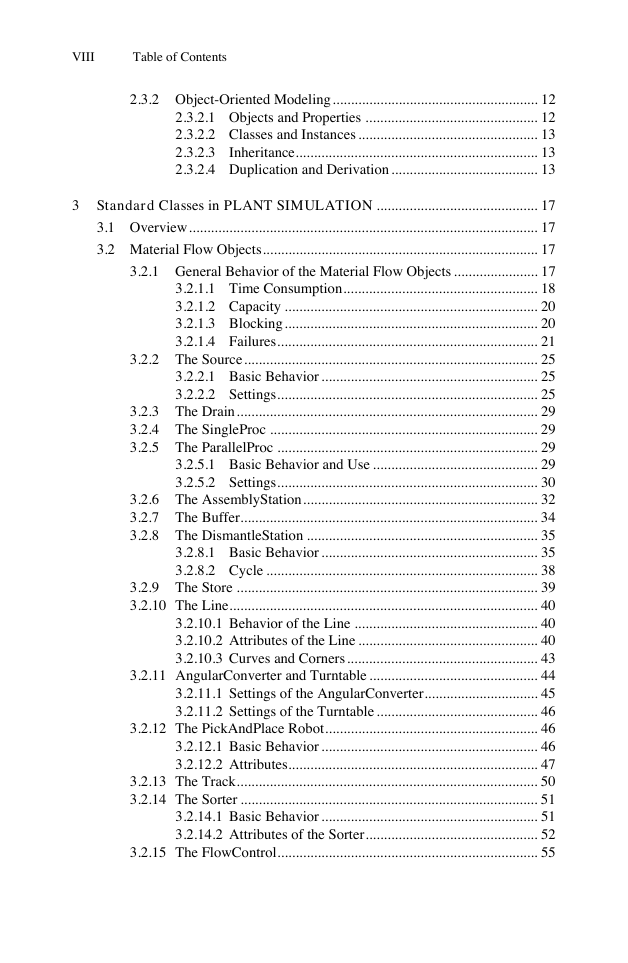








 2023年江西萍乡中考道德与法治真题及答案.doc
2023年江西萍乡中考道德与法治真题及答案.doc 2012年重庆南川中考生物真题及答案.doc
2012年重庆南川中考生物真题及答案.doc 2013年江西师范大学地理学综合及文艺理论基础考研真题.doc
2013年江西师范大学地理学综合及文艺理论基础考研真题.doc 2020年四川甘孜小升初语文真题及答案I卷.doc
2020年四川甘孜小升初语文真题及答案I卷.doc 2020年注册岩土工程师专业基础考试真题及答案.doc
2020年注册岩土工程师专业基础考试真题及答案.doc 2023-2024学年福建省厦门市九年级上学期数学月考试题及答案.doc
2023-2024学年福建省厦门市九年级上学期数学月考试题及答案.doc 2021-2022学年辽宁省沈阳市大东区九年级上学期语文期末试题及答案.doc
2021-2022学年辽宁省沈阳市大东区九年级上学期语文期末试题及答案.doc 2022-2023学年北京东城区初三第一学期物理期末试卷及答案.doc
2022-2023学年北京东城区初三第一学期物理期末试卷及答案.doc 2018上半年江西教师资格初中地理学科知识与教学能力真题及答案.doc
2018上半年江西教师资格初中地理学科知识与教学能力真题及答案.doc 2012年河北国家公务员申论考试真题及答案-省级.doc
2012年河北国家公务员申论考试真题及答案-省级.doc 2020-2021学年江苏省扬州市江都区邵樊片九年级上学期数学第一次质量检测试题及答案.doc
2020-2021学年江苏省扬州市江都区邵樊片九年级上学期数学第一次质量检测试题及答案.doc 2022下半年黑龙江教师资格证中学综合素质真题及答案.doc
2022下半年黑龙江教师资格证中学综合素质真题及答案.doc